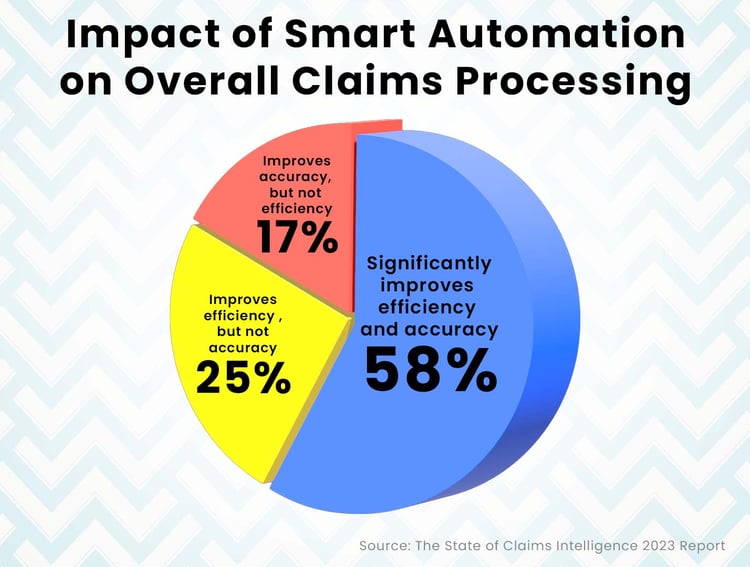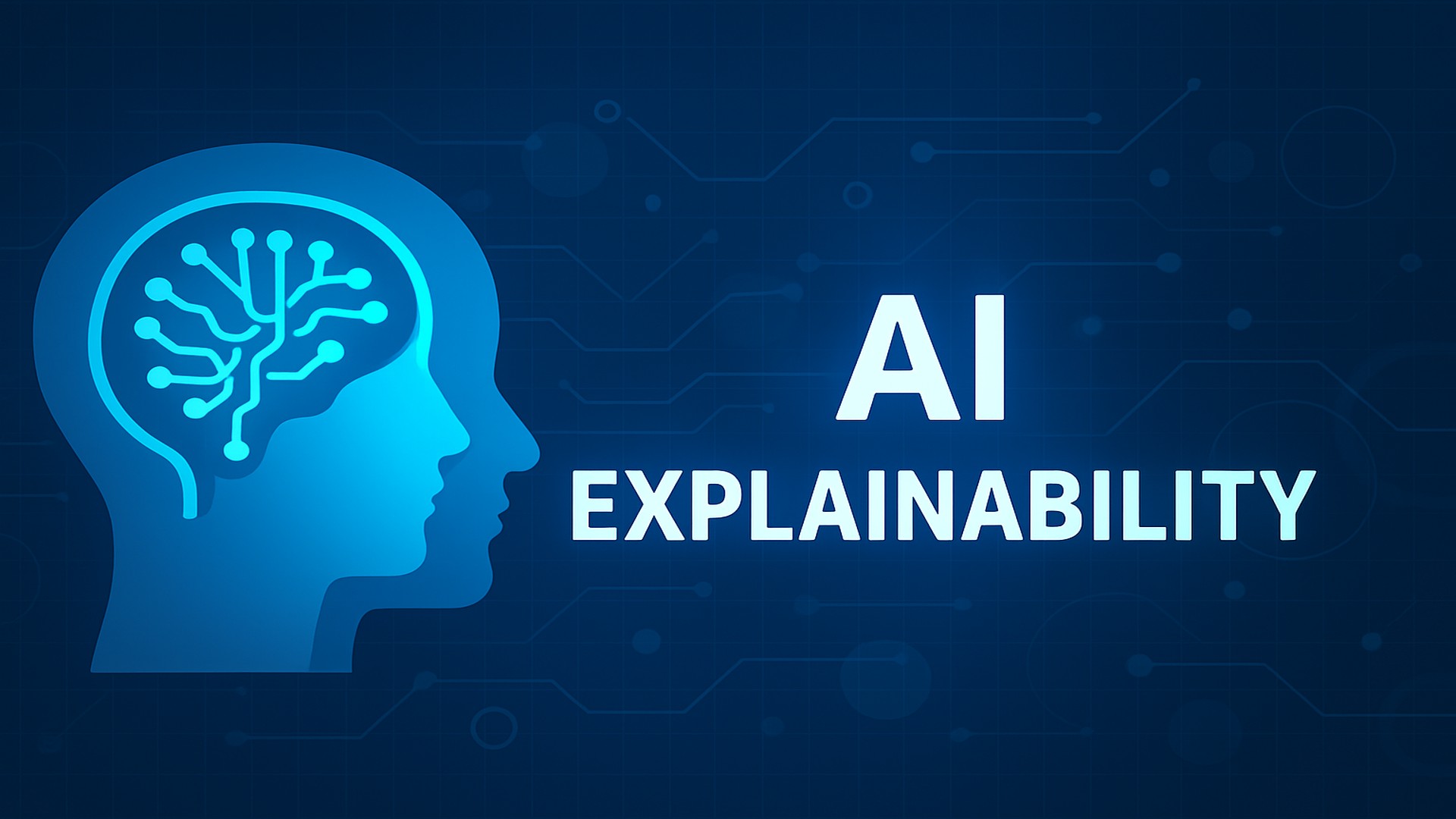Top 5 Features to Look For in a Modern Claims Management System

In insurance, the claims process is a moment of “truth” for clients. They want claims handlers to show empathy, speed, and efficiency in delivering a fair outcome. Yet this is often a big ask because the claims function's transactional nature has remained the same for decades. Smart insurers are innovating by aligning the claims function as a strategic partner with traditional roles such as underwriting.
Insurers are amping up the client experience with a new connected operating model that is driving the underwriting and claims function into a new future of customer-centric and digitally-enabled efficiency
The essential features to look for in a new claims management software
New products and services are emerging and the processes that drive them are getting increasingly faster. When looking for an upgrade to your existing solution, these are the top claims management features to look for when selecting the most effective system for your company.
1. Strong First Notice of Loss (FNOL) Capabilities
The Insurance Claims Lifecycle unfolds through a series of steps, kicking off the moment the insurer receives an alert and concluding with the settlement. It all begins with the First Notice of Loss (FNOL). Imagine a car involved in a mishap. The insurance company promptly receives a First Notice of Loss (FNOL). Subsequently, an insurance adjuster investigates the extent of the damage by examining relevant reports to determine the appropriate settlement amount.
Numerous insurance companies still rely on manual FNOL handling and document processing, leading to the cumbersome segmentation of claims and numerous file transfers that cause unnecessary delays in settlements. This outdated manual approach contrasts sharply with the expectations of present-day customers who seek transparent and automated service delivery resulting in customer dissatisfaction.
Automating the FNOL process must largely reduce the need for manual intervention leading to cost savings in terms of labor and operational expenses.
Modern insurance claims management software automates the handling of diverse FNOL data formats, encompassing text descriptions, images, and documents. For instance, AI-driven Optical Character Recognition (OCR) technology can seamlessly process handwritten FNOL documents such as police reports etc submitted through digital channels. It should also support telematics technology for verified accident details like date, time, and location.
2. Automated Workflows and Task Management
At the core of superior claims management software is its ability to seamlessly support the entire claims lifecycle. From initial loss reporting through investigation, evaluation, and settlement, the software must be able to cover automation and optimization at any or all stages. It must be able to work seamlessly with various lines of business, including homeowners, commercial property, general liability, personal and commercial auto, workers' compensation, and more.
This automation should provide a unified and efficient experience for insurers and policyholders. For instance, the software must enhance adjuster workflows by issuing task alerts and tracking claim statuses. It should also allow for customized claim workflows based on an insurer's specific requirements such as automating assignments based on factors like adjuster skills and workload.
 3. Enhanced Data Access
3. Enhanced Data Access
To enhance the overall claims handling process and customer experience, modern claims processing software provides a centralized repository for claim-related data. This ensures seamless integration with various data sources, eliminating data silos and improving data accuracy. For streamlined claims processing, the software should enable instant access to policy and coverage data, providing complete details such as limits, deductibles, and impacted coverage. It should also facilitate reserve settings and attach policy snapshots to claims for review.
Top-tier claims systems also incorporate advanced analytics and reporting tools for comprehensive analysis, supporting insurers in making informed decisions.
4. Advanced Analytics and Reporting
In the world of insurance claims management, data is gold. Opt for claims processing software that packs advanced analytics and reporting capabilities. This way, you'll glean valuable insights into claims patterns and pinpoint any bottlenecks in your data. The system must offer a comprehensive suite of reports that tracks all aspects of claims and financial transactions, providing effective business process management support. It should also include features like customizable dashboards and real-time reporting, ensuring improved visibility and efficiency.
5. Streamlining Claims Financial Transactions
Policyholders face delays in claim settlements due to outdated payment systems. With modern claims management software featuring advanced banking and payment modules, insurers can expedite the process, settling claims within minutes through streamlined straight-through processing.
The SimpleINSPIRE – Insurance Claims system excels in managing Loss Reserves & Payments, DCC Reserves & Payments, AO Reserves & Payments, and various Recoveries at the claim feature level. This includes an automated reserving feature based on client-provided rules and algorithms. The system incorporates a user-friendly payables function for approving and printing loss and expense checks, with configurable user approval levels. Additionally, it facilitates PII Compliant online Loss and Expense payments through various secure payment options.
The time to “wait and see” for insurers still sitting on the fence is fading into the distance with more agile competitors moving over to a cloud-enabled modern platform. In the modern approach to claims negotiation, it's crucial to reduce the administrative load linked to repetitive tasks that technology is better equipped to handle.
To learn more about our comprehensive range of insurance solutions, request a demo or call us at 609-452-2323
Topics: Claims Management





.jpg)
.jpg)
